When you watch some of the rules and laws of football in action, youāre seeing what was first put down on paper in the 19th Century.
Thatās when the story of the Football Association of England (or the FA) began, on 26 October 1863.
“óĻó“«Ć½ Bitesize has asked the National Football Museum in Manchester to tell us a little more about the FA's history via five objects from the collection which are packed with significance.
1863: Laws of the Game
The Freemasonās Arms in Covent Garden, London, was where it all began. It was here, on 26 October 1863, that the FAās inaugural secretary Ebenezer Cobb Morley arranged a meeting which led to the first laws of the game becoming official.
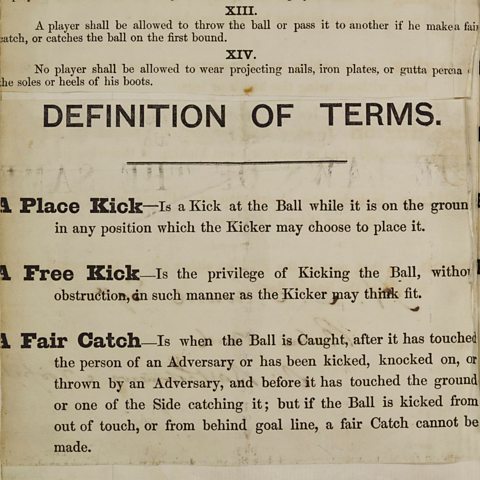
A replica of a book showing the minutes from that same meeting can be seen at the Museum. Morley took his draft from the October meeting and published them on 8 December. His words included a passage which would have a lasting impact on any football fan: āThe clubs represented at this meeting now form themselves into an association to be called āThe Football Associationā.ā
The FA was born.
1872: First international match
Thereās UK interest on both sides of Englandās first international game. Held against Scotland, the historic occasion between what would become one of the great sporting rivalries did not generate a scoreline to fit the importance of the event. Held at Hamilton Crescent cricket ground in Partick, Glasgow on 30 November, the crowd was made up of 4,000 spectators.
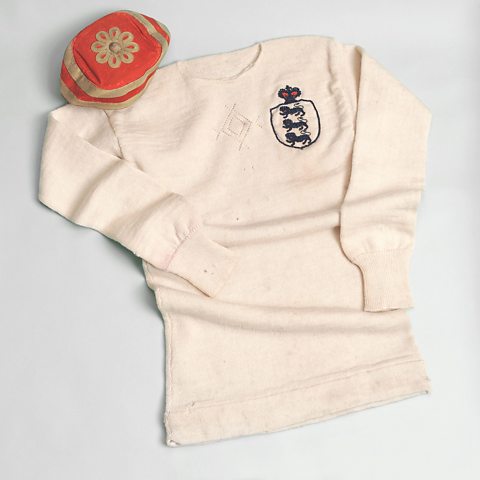
Lining up that day was Arnold Kirke Smith, an attacker who regularly played for Oxford University. As you will probably have worked out, his international shift didnāt end with him placing one at the back of the net for his country. In fact, he never did score an England goal as this was his sole appearance for the team. His woollen team shirt still exists, however, and is on display at the Museum, alongside his solitary England cap.
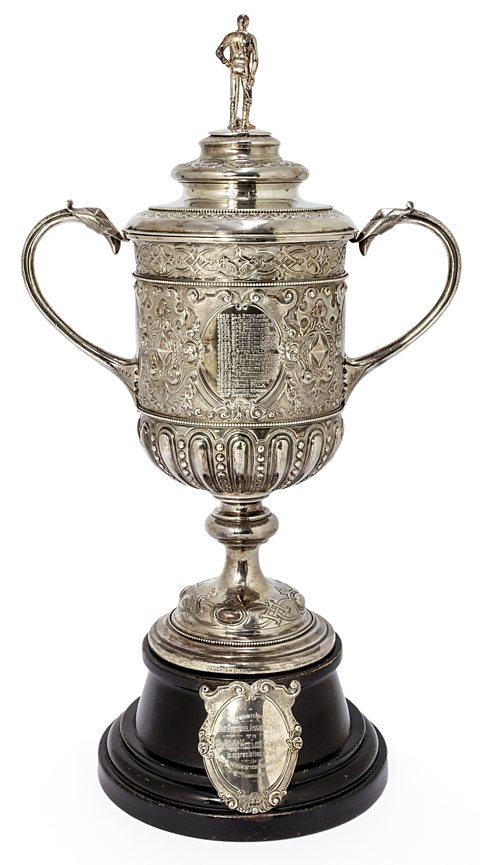
1896: Oldest surviving FA Cup
The FA Cup currently residing with holders Leicester City is not the original trophy, as Bitesize explained in a previous article.
Originally designed and made in 1871, in time to be handed over at the end of the very first Final in 1872, the first FA Cup did the rounds for three years. It was stolen from a public display in a shoe shop window in Birmingham which celebrated 1895 winners Aston Villa and never found.
A replacement had to be cast from the existing mould and this happened in 1896. Aston Villa were fined Ā£25 over the disappearance and there have been three other trophies made since.
That makes the 1896 trophy, pictured here from the Museum collection, the oldest version of the coveted trophy in existence.

1923: Wembley Stadium turnstile
Completed shortly before hosting the 1923 FA Cup Final, the Empire Stadium at Wembley (as it was first known), quickly became synonymous with major footballing events, and usually the kind that generated a national fervour.
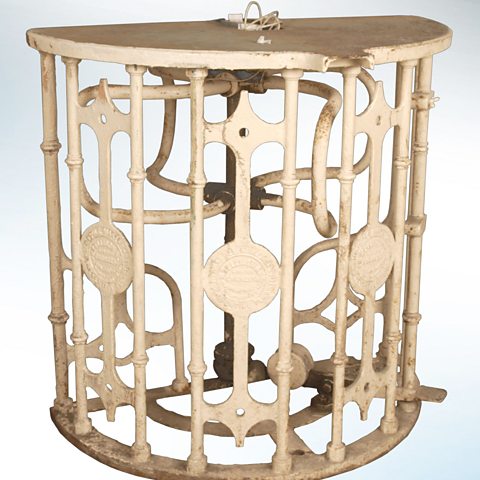
With football igniting such passions in fans around the country, a national stadium had to be large enough to accommodate tens of thousands of people. That goes some way to explain why 100 turnstiles were installed at the original Wembley in the 1920s.
One of those turnstiles can be spotted at National Football Museum. In many ways, itās an object that has ācome homeā as it was originally manufactured by WT Ellison and Co in nearby Salford.
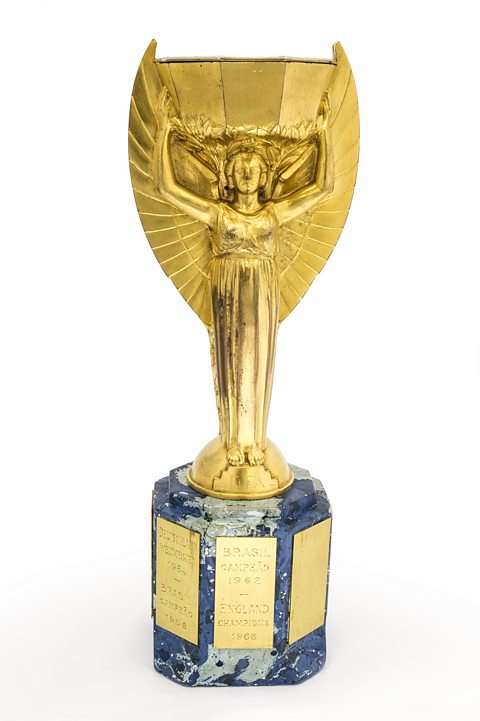
1966: Replica Jules Rimet trophy
English footballās greatest day remains 30 July 1966, when a 4-2 victory over West Germany (after extra time) brought the team its first World Cup victory.
In the exhilaration that followed, the Jules Rimet trophy held aloft by captain Bobby Moore became a prize that many people wanted a closer look at. Mindful of the fact that the genuine trophy had already been stolen once in the run-up to the England-hosted tournament, the FA secretly arranged for a replica to be made. This appeared at all official events in the time between Englandās victory and the following tournament in Mexico in 1970 when it had to be handed back to FIFA.
The trophy that was stolen didnāt go the same way as the original FA Cup, however. It was later discovered, famously, by a dog called Pickles while out for a walk with its owner. The official World Cup may have gone back to the international version of the FA, but its replica can now be seen at the Museum.
Brazil won the Jules Rimet for keeps in 1970, after taking the title for the third time. The trophy was stolen again in the 1980s and has never been recovered.



From Dixie Dean to Raheem Sterling: How have the stars of men's football changed?
From wages to fitness and a bit of Instagram, we take a look at the rise of the football superstar in England.
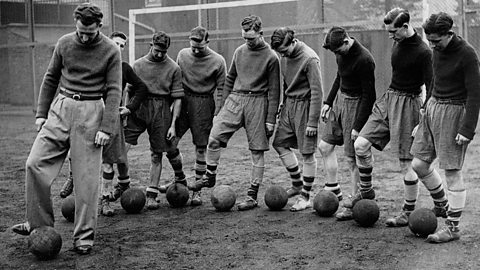
'How maths scored me a job in fantasy football'
An interview with Holly ā maths teacher, mum-of-one and fantasy football influencer.
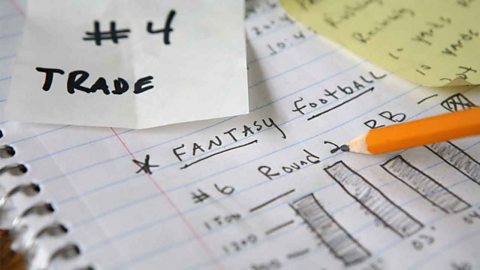
The Stadium v Population Quiz
Could everyone in the Isle of Man get a seat in Wembley Stadium?
